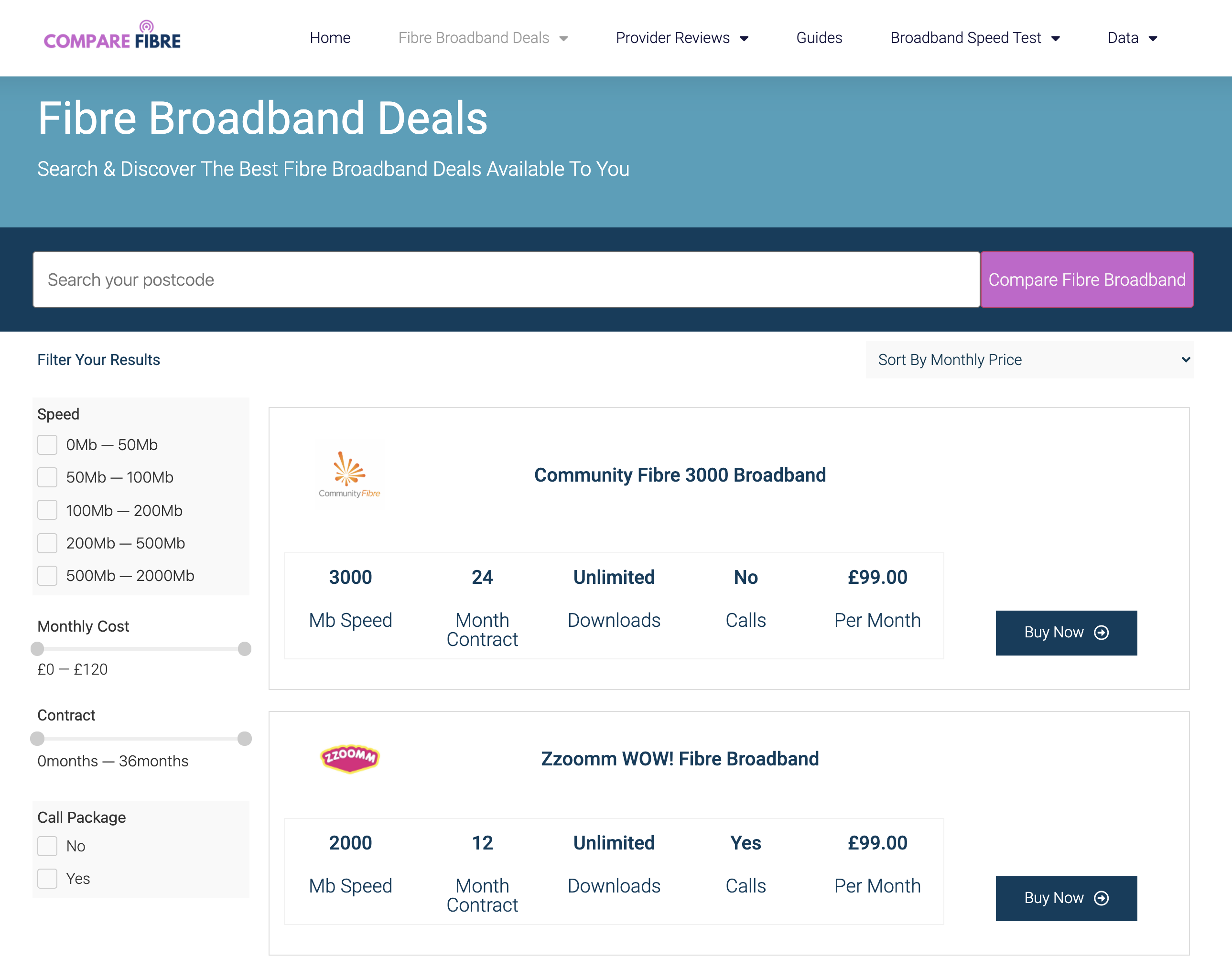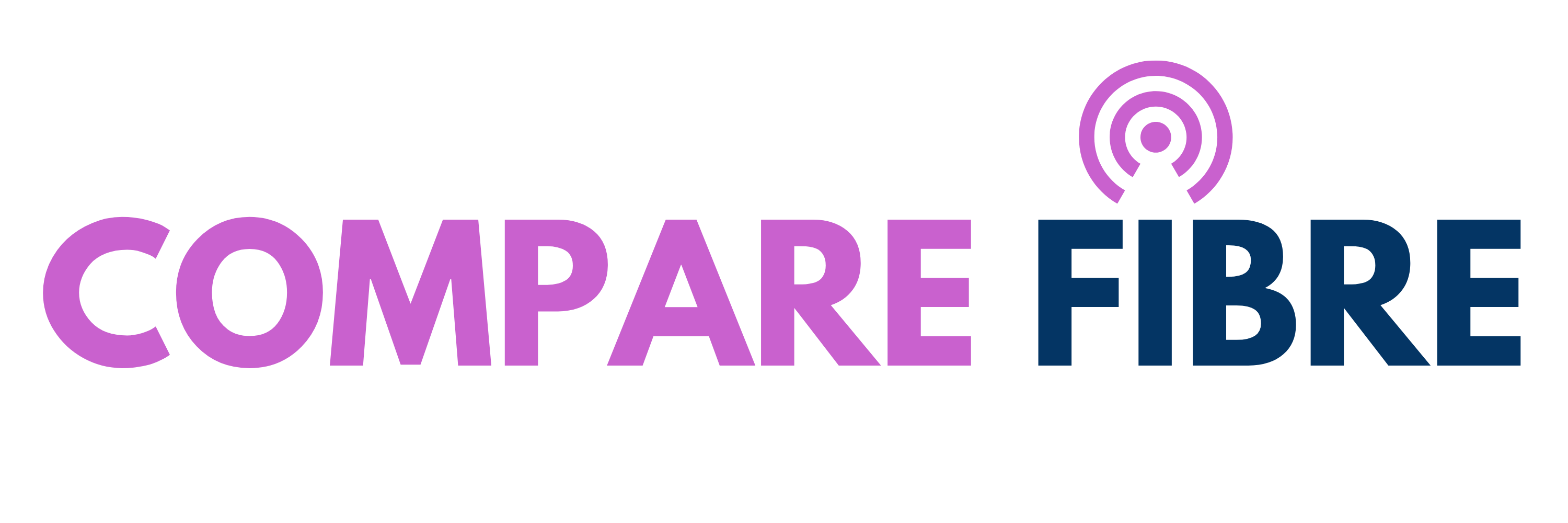Full Fibre Broadband Penetration In The UK Reaches 19%
Although the number of postcodes which can access full fibre broadband connections is growing, the availability is still limited compared to FTTC connections. As of 1st January 2021, there were 23 local authorities’ areas which offered FTTP connections to more than 50% of homes and businesses. Leading the race are the City of Kingston Upon Hull, Milton Keynes, and Belfast.
In 2019 the government announced plans for the UK to achieve a full fibre broadband roll out by 2025, an improvement of 8 years on the original goal. We are pleased to announce that this month, Openreach achieved a new record availability rate of 19.01%, for its full fibre broadband roll-out programme.
Although this may be hard to imagine, it means that every week another 40,000 homes and businesses can access full fibre, the equivalent to another home every 15 seconds.
What is full fibre?
As an increasing number of us rely on data-heavy streaming services, video calls and smart devices, the average home needs faster and more reliable broadband. According to Ofcom, the data use of the average household is rising by 26% year on year, so it is clear that there is pressure to provide the service.
There are three types of high-speed internet connections, the slowest Asymmetric Digital Subscriber Lines (ADSL), Fibre To The Cabinet (FTTC) connections and Fibre To The Premises (FTTP) connections, which is otherwise known as full fibre broadband.
For many years ADSL connections have acted as the backbone for UK broadband services, by using the existing copper telephone network infrastructure. FTTC connections offer a faster connection, with fibre optic cables running from the exchange to local street cabinets. However, FTTP connections use fibre optic cables for the entire network, which results in the fastest possible speeds.
The benefits of full fibre broadband
There are many benefits of full fibre broadband to both residential users and businesses, which are largely centred around the increased connection speeds available. Compared to superfast FTTC broadband connections which provide speeds of at least 30Mbps, a full fibre FTTP connection will offer ultrafast speeds greater than 100Mbps. Although, these full fibre optic connections could offer maximum speeds of 1Gbps, with terabit connections potentially available in the future.
Not only will full fibre make it quicker to stream films and play online games, but it will also enable more people to work remotely and reduce the need to commute. This will reduce pollution and increase the productivity of businesses, as employees are able to work more efficiently. In addition to these obvious benefits, there will also be an increase in jobs relating to providing the infrastructure required for full fibre.

Can I get full fibre broadband?
Although the number of postcodes which can access full fibre broadband connections is growing, the availability is still limited compared to FTTC connections. As of 1st January 2021, there were 23 local authorities’ areas which offered FTTP connections to more than 50% of homes and businesses. Leading the race are the City of Kingston Upon Hull, Milton Keynes, and Belfast.
If the current pace continues, we can expect 27% of postcodes to be able to avail of an FTTP connection by 31st December 2021. The best way to check whether full fibre is available in your area is to complete a quick postcode check. You will need to enter your postcode and landline number within your chosen providers checker tool. This provider will then list the available packages and potential speeds available to your specific postcode.
There is still some uncertainty about which networks will be available in which areas, with multiple networks often likely to overlap in urban areas, where it is commercially viable to do so. For example, in Edinburgh, Openreach, Vodafone and CityFibre networks are overlapping with each other. In our opinion, the availability of multiple FTTP networks in an area is not a bad thing, as customers will have a wider choice, which increases competitiveness in terms of pricing and service levels.
If you are located in an area which is not included within the current FTTP network, you may still be able to access FTTC broadband. These partial fibre broadband connections are available to 95% of postcodes, so there is a high chance that you will still be able to access a superfast connection. If you live in a particularly remote area which is not covered by FTTC broadband, an ADSL connection will provide another option. The connection will be slower; however, ADSL is available to 99% of UK properties.
If a postcode check has shown that FTTP is not available to your home, you can check whether there are plans to install it within your area. Simply visit the Openreach rollout map or contact your local council. If there are no immediate plans, you can register your interest and if enough of your neighbours do the same, your postcode area may receive an FTTP connection earlier than planned.
To find out more about full fibre broadband and how to secure the best deal, please contact our team today.
